
Printing on textiles is a years-old traditional process of applying different types of patterns on the fabric. The block printing is the magical blend of artistic craftsmanship and the patience and tenacity of the artisan.
The hand-carved wooden block drenched in organic ink leave some unique and ethical design on the fabric. When the ink is properly embedded with the fabric, it does not fade with wash.
Though there are many ways to make the print on the textile, the block print is the most ethnic and intriguing process of all.
There are different types of wooden blocks on which the designers engrave the design with the utmost care and precision. Then the artisans cover the block with ink or natural dye and then stamp on the fabric. There is no use of brush or stencil in this process.
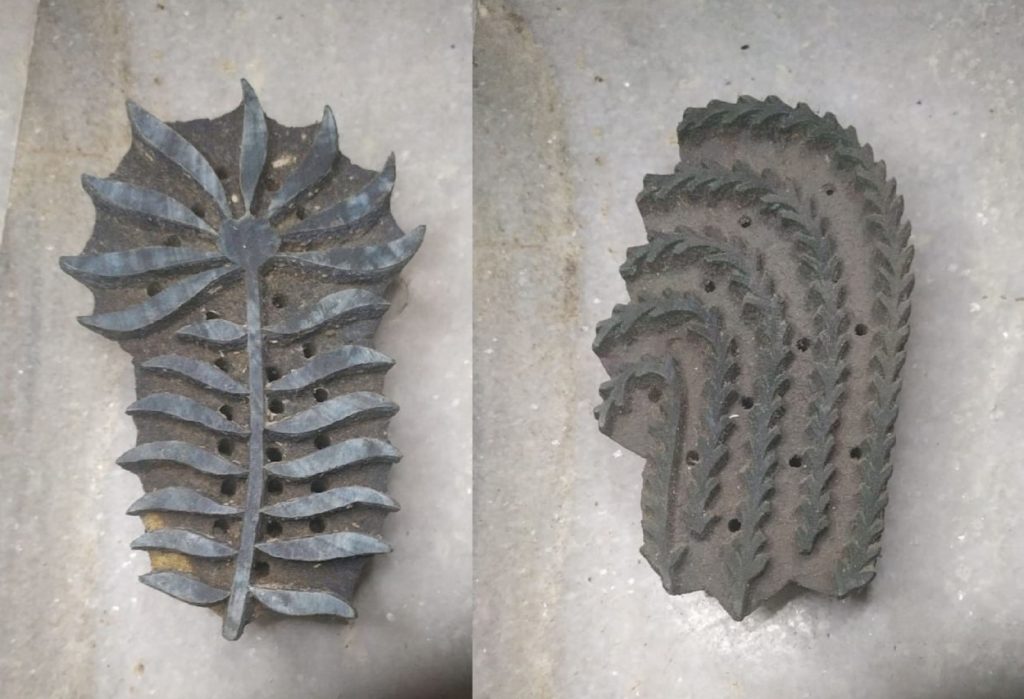
The common motifs of the block prints are flowers, animals, and abstract designs. When the right color contrast is being used, it can give the most ordinary fabric a unique look.
Using the wooden block, the artists can print different printing patterns on fabrics like silk, cotton, and linen. In textile printing, it is a quite simple yet slowest process.
The beauty of the hand block print is that it is the result of the high-intensity artistic work to achieve the fineness in design that remains unachievable in any other designing process.

The printing technique was first derived in China around 4,500 years back but it was the Indian sub-continent that has created another history with hand block print.
Rajasthan, India is known for its unparalleled expertise in hand block print. The motifs used in this method are highly influenced by Indian art and culture. Though in recent times, some modern alterations have been introduced, still the traditional designs enjoy the maximum popularity.
This printing technique is extensively used both in the fashion and the interior designing industry. Unless attaining the perfect skill in hand block printing, one cannot create the sharpness, accuracy, and uniformity in the clear patterns.
What is the reason behind the popularity of hand block print?
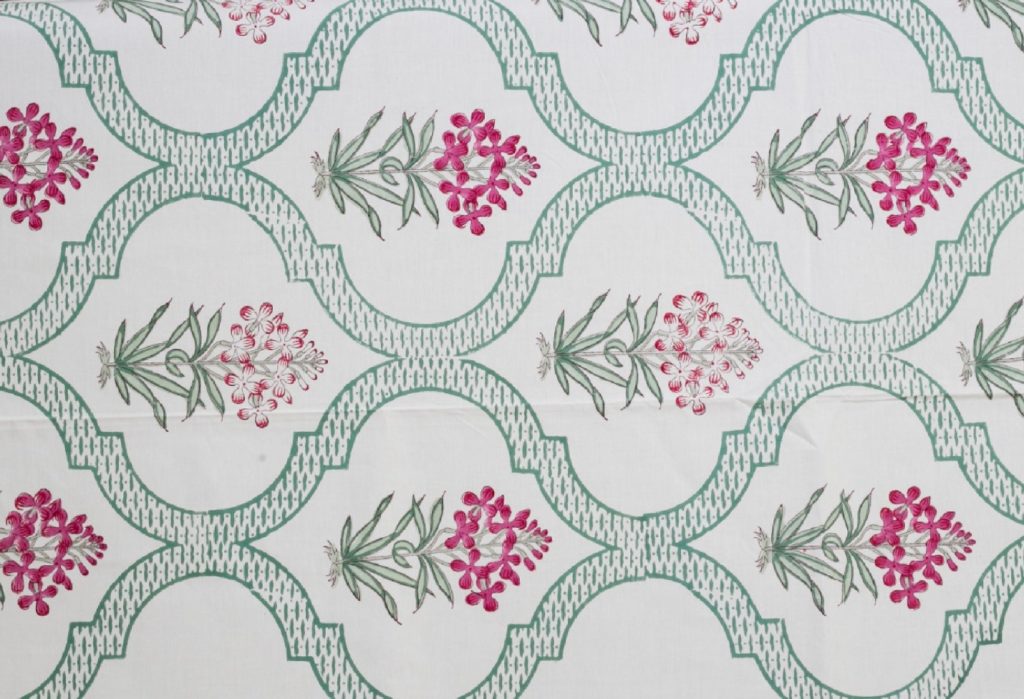
Hand block print is something so beautiful that everyone compels to take a look. There are so many reasons behind its popularity that you will surprise to know.
The first reason is the simplicity of the design that holds a separate place in the fashion industry. The fine detailing of the hand block print is something unique as the sharpness and accuracy of the motifs are extraordinary.
Also Read: Kani Shawl of Kashmir
When the designers assemble different types and colors of designs on a large canvas of fabric like saree or shawl, then it can uplift the look too surreal beauty. With expertise, the artisans can easily create new blocks of design.
Though there are metal and stone blocks are also available, the wooden one is the most popular for the capability of sharp detailing of any complicated design.
How to prepare the block for printing?
For the hand block printing, the blocks are made of the wood of pear and sycamore plant. For the ease of holding, each block must be three inches thick.
The size of the blocks varies as per the design. It is very tough to curve the fine details on the wood. While curving, the artists must be very careful otherwise it may break off. Before applying the block, the color code should be checked carefully.
Process of block printing
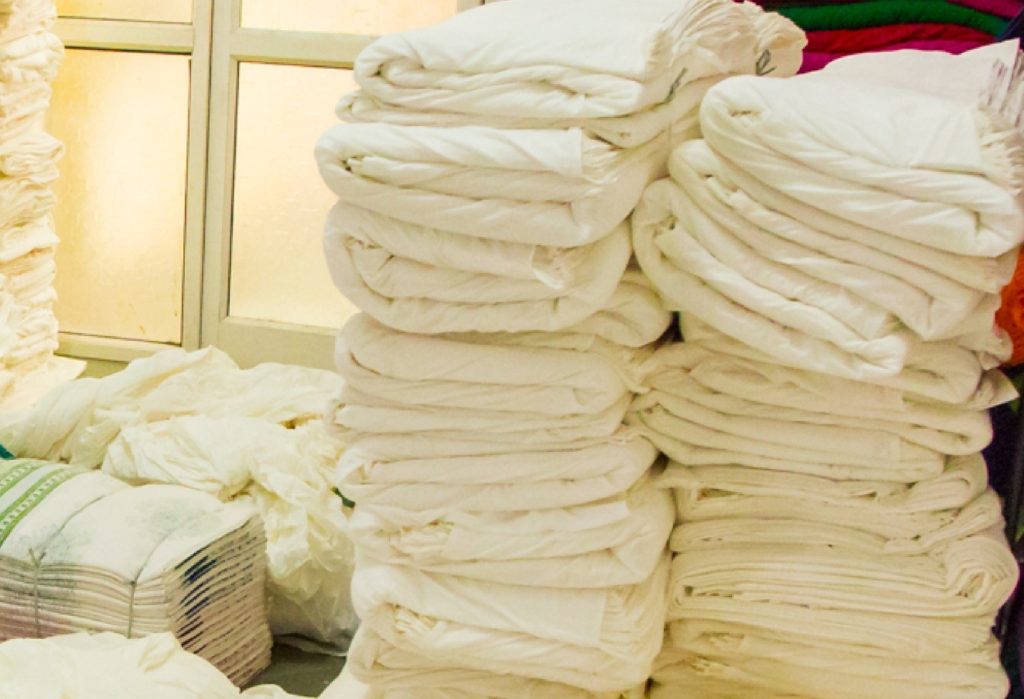
- Selection of fabric: For hand block printing, the artisans generally use the plant-based or vegetable dye. This type of color works best on cotton, linen, polyester, bamboo, and hemp. On the other hand, animal-based fabrics like silk or wool are not a great option for it as the ink won’t bind well. Moreover, as the ink is quite translucent, light color fabrics will be a better option for it.

- Making of a wooden block: The wooden blocks used for this printing are manually carved by the master block carver with a chisel and wooden hammer. The blocks that are called bunta have wooden handles. Before using a new block, they soak it into oil for at least 10 days.
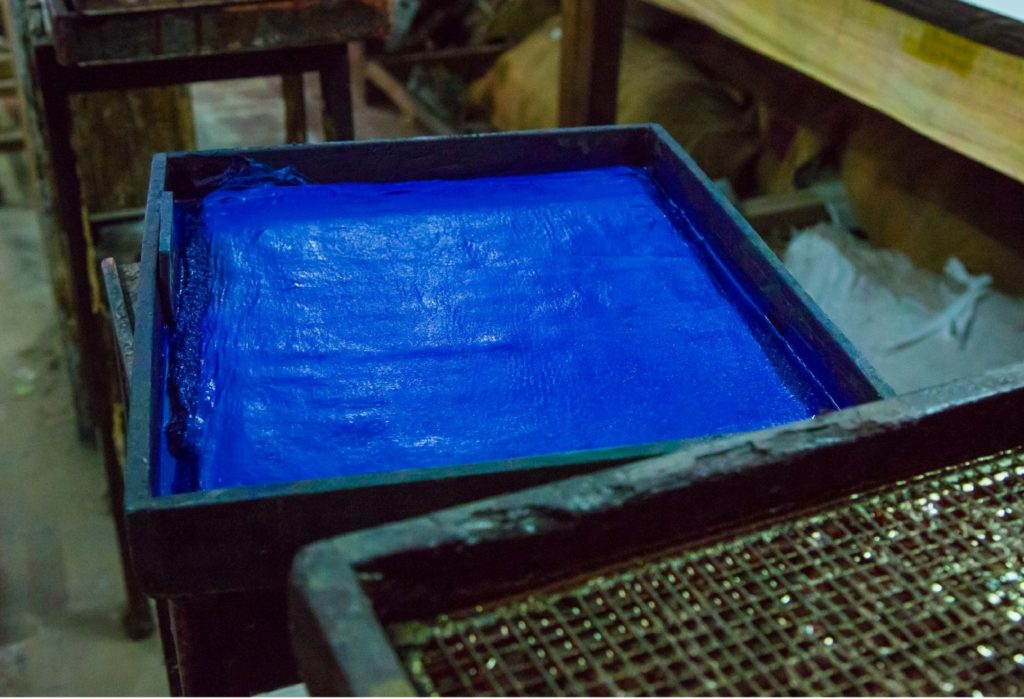
- Natural colors for dye: Hand block printing is known for its use in natural colors. Vegetable dye is the most popular one for block printing. For Dabu printing, the artisans use a mix of fuller’s earth, gum along with some natural ingredients. All of the dying ingredients like petals of flowers, spices, and leaves are available in nature only.
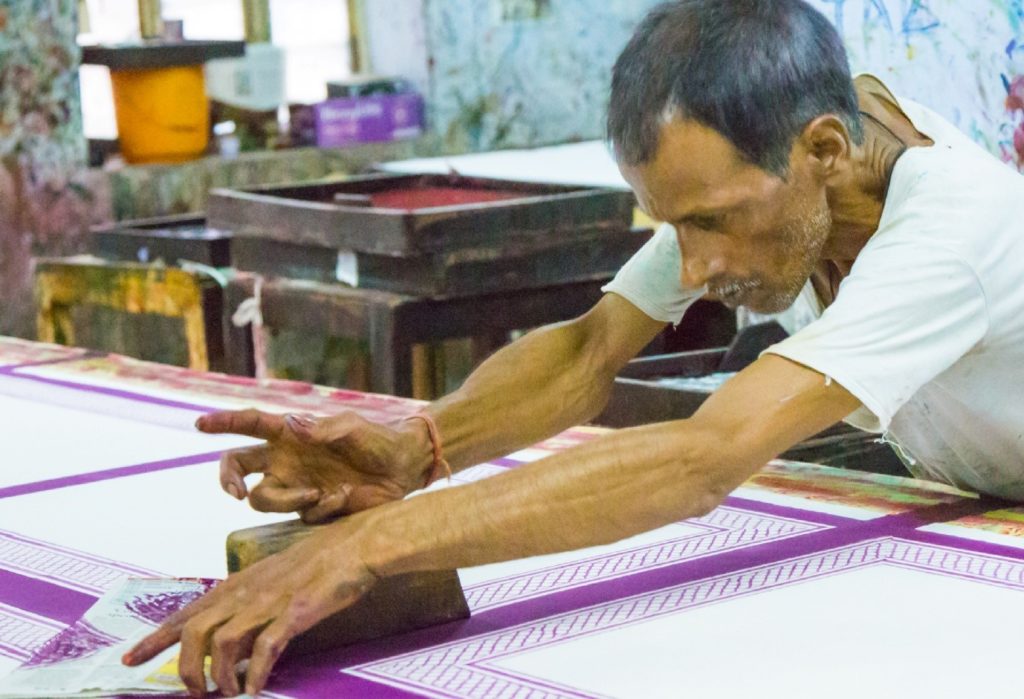
- Block printing on fabric: After the preparation of the color, the artisans soak the bunta into the color and start printing from left to right with the utmost care, patience, and craftsmanship. The block has to slam hard on the fabric to get a good impression.

- Drying: After printing, it is mandatory to dry all the paints.
What are the inspirations of the designs?
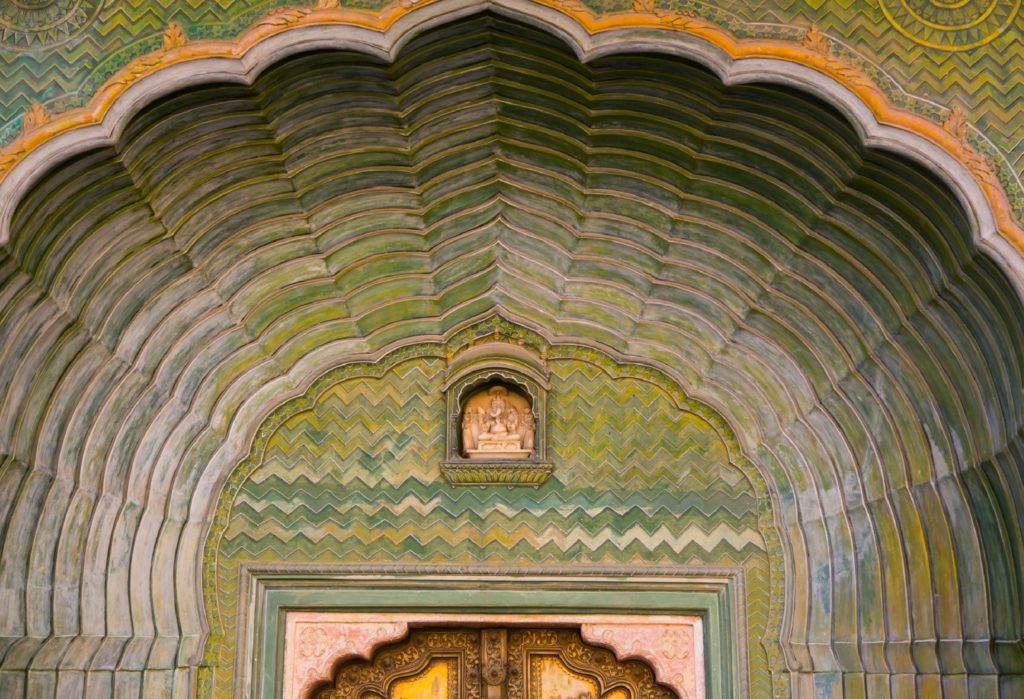
Just like any other traditional art, nature is the prime inspiration for block print design. When the artists print on the fabric using their aesthetic sense, it gives a tremendous vibe. Flowers and animals are the most predominant motifs for block printing.
You can often see designs like flowers with leaves and peacock or some other birds curved on those wooden blocks. Apart from that, it takes inspiration from ancient abstract art. From small detailed work to elaborate design, the hand block print has the liberty to work on different components.
What are the varieties of the hand block print?
As there is no limit of inspiration, there are different types of hand block prints fairly popular in the global fashion industry. Though there are simple geometric patterns or complex motifs, the designers try to explore each style of printing with full potentiality.
As India is the host of this textile art, most of the varieties of hand block prints are based on the different demography and culture of the country. The most popular types are Bagh, Kalamkari, Dabu, Ajrak, Sanganeri, and Bagru.
The future of hand Block Print:
Since the Mughal era, this print is making a mark in the global fashion domain. To make a simple garment to statement piece, there is no classy way other than block prints.
From accessories to cloth, the original hand block print is gaining popularity. In the coming years, it can be said that this huge demand is not going to trim down soon.